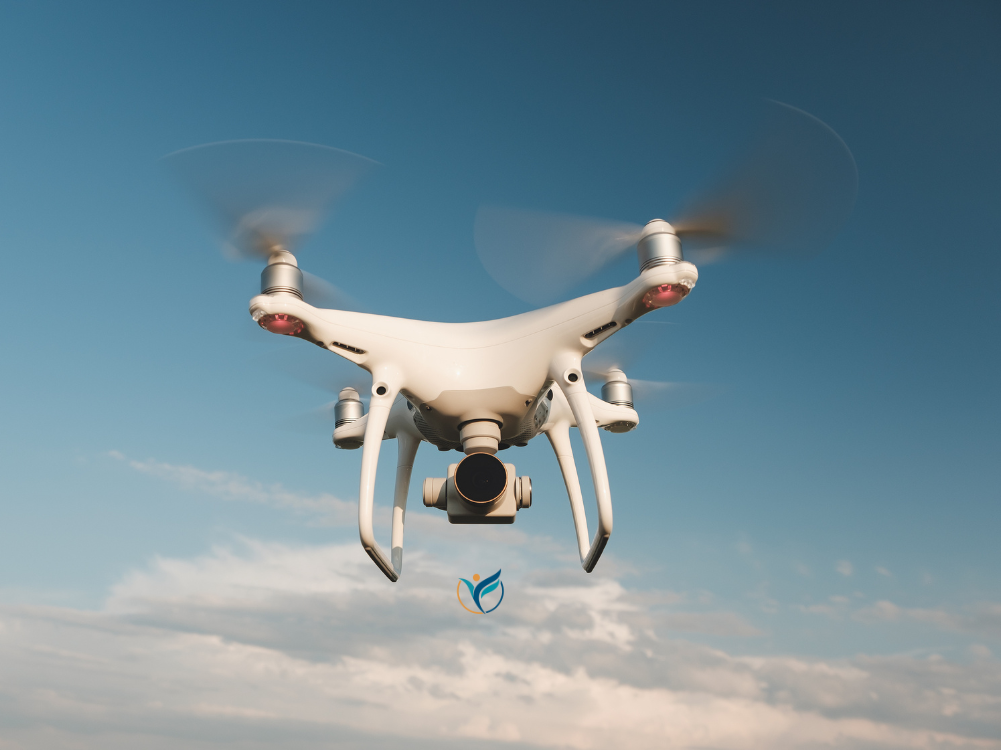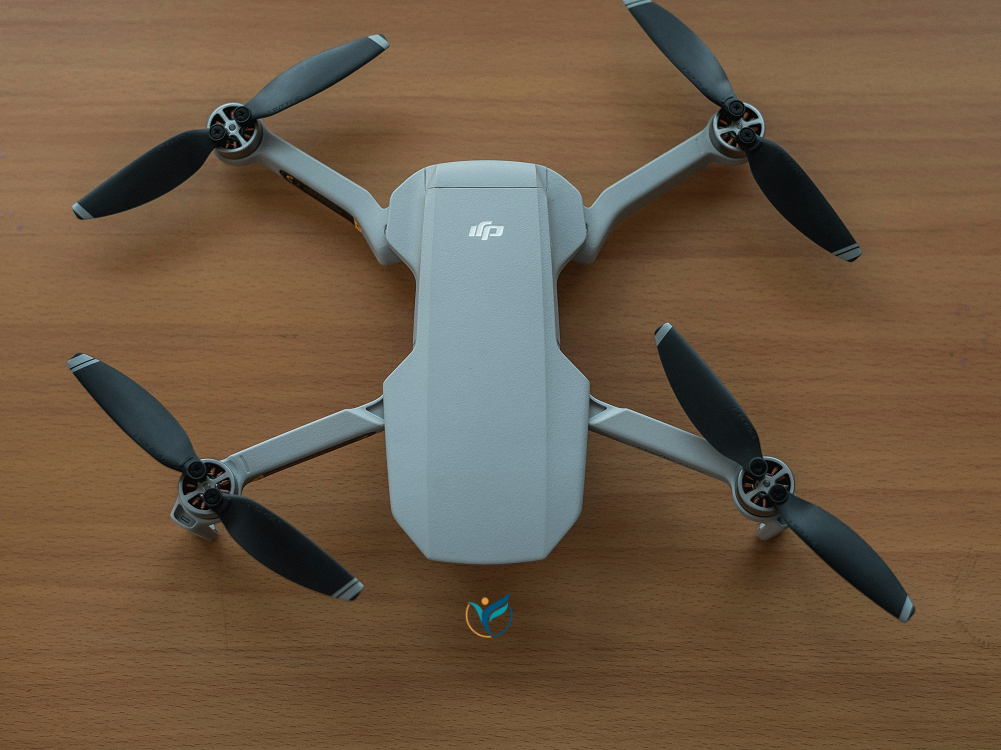The evolution of drone technology has revolutionized various industries, offering new ways to perform tasks that were once time-consuming, expensive, or downright impossible. Among the most groundbreaking advancements is the emergence of long range drones, equipped with sophisticated GPS systems. These drones are making waves across several sectors, from agriculture to military operations, thanks to their ability to cover vast distances while maintaining precision and control. This blog will dive deep into the importance of long range drones, how they leverage GPS for enhanced capabilities, and what the future holds for these flying machines.
What Are Long Range Drones?
A long range drone is a type of unmanned aerial vehicle (UAV) designed to travel over extended distances, often covering hundreds or even thousands of miles, depending on the model and mission. Unlike standard drones that are typically limited in their range due to battery constraints, long range drones are built with advanced technologies that allow them to maintain extended flight times and more powerful systems for autonomous operations.
These drones rely heavily on Drones and GPS technology to maintain a stable course, providing precise navigation over great distances. The ability to fly autonomously over long distances, while remaining in constant communication with their operators, makes them highly efficient tools for a variety of applications.
The Role of GPS in Long Range Drones
One of the defining features of long range drones is the integration of GPS (Global Positioning System) technology. GPS systems provide drones with the ability to navigate across long distances without requiring constant human control, offering several advantages that make these drones particularly useful.
- Autonomous Flight Paths: GPS allows drones to follow pre-programmed flight paths, navigating long distances autonomously. This is essential for industries that require precise data collection over large areas, such as agriculture or infrastructure inspection.
- Precision and Accuracy: GPS ensures that long range drones can operate with high precision, even in remote or challenging environments. Whether it’s mapping large landscapes or monitoring wildlife, GPS systems keep the drone on course, ensuring accuracy in its mission.
- Real-Time Tracking and Control: One of the key benefits of GPS in long range drones is real-time tracking. Operators can monitor the drone’s location, speed, and altitude, allowing for greater control and ensuring that the drone stays on course even when operating far from its base.

Applications of Long Range Drones
Long range drones are transforming the way businesses, governments, and even hobbyists engage with the world. These drones, powered by GPS systems, are versatile, capable of performing a range of tasks that were once limited by the need for human intervention or traditional technologies.
1. Agriculture
Agricultural drone technology has already revolutionized the way farmers monitor crops, but long range drones equipped with GPS take this to the next level. By utilizing long range drones, farmers can remotely monitor large areas of land with a high degree of accuracy. GPS systems enable these drones to follow precise flight paths, capturing detailed images of crop health, soil conditions, and more.
Some of the key applications in agriculture include:
- Crop Monitoring: Long range drones can fly over fields for crop health assessments, detecting issues such as pest infestations or water stress.
- Aerial Spraying: Drones with GPS navigation can autonomously spray pesticides, fertilizers, or herbicides over vast farm areas, ensuring precise and even coverage.
2. Search and Rescue
In emergency situations, long range drones equipped with GPS play a pivotal role in search and rescue missions. These drones can cover large, difficult-to-reach areas quickly, such as mountains, forests, or flood zones. The ability to use GPS for precise navigation allows rescuers to efficiently search large areas without putting human lives at risk.
Drones can also be equipped with thermal imaging cameras and other sensors to help locate missing persons, making them an invaluable tool in search and rescue operations.
3. Military and Defense
The military has long used drones for surveillance and reconnaissance, but with advancements in GPS and long range capabilities, military drones can now operate over significantly larger areas. These drones provide real-time intelligence from great distances, making them essential for modern warfare.
Key uses in the military include:
- Surveillance and Reconnaissance: Long range drones with GPS can gather critical intelligence by flying long distances over enemy territory.
- Precision Strikes: Military drones can also be used to carry out targeted strikes, with GPS ensuring that these operations are carried out with precision and accuracy.
4. Infrastructure Inspection
Infrastructure inspection is another area where long range drones equipped with GPS are making a difference. Whether it’s inspecting power lines, pipelines, bridges, or telecommunications towers, long range drones offer a faster, safer, and more efficient way to gather data from hard-to-reach locations.
GPS ensures that drones can follow a specific flight path, making it easier to inspect every inch of critical infrastructure and gather actionable data in real time.
5. Delivery and Logistics
The idea of using drones for delivery has been gaining traction, particularly for e-commerce companies looking to streamline their logistics operations. Long range drones, with their ability to travel long distances and carry payloads, have the potential to change the landscape of last-mile delivery. GPS systems ensure that drones can navigate from warehouse to customer location with high precision.
- E-Commerce Deliveries: Companies like Amazon are testing the use of long range drones to deliver packages in rural or urban areas, reducing delivery times and costs.
- Medical Supplies: Long range drones are also being used to deliver medical supplies, including blood, vaccines, and other critical materials, to remote or hard-to-reach locations.
Advantages of Long Range Drones with GPS
The combination of long range capabilities and GPS navigation provides several distinct advantages across a wide array of industries:
- Cost Savings: Long range drones reduce the need for human labor, vehicles, and other resources, leading to significant cost savings in many sectors. For example, in agriculture, drones can monitor crops over vast areas without the need for manual labor or traditional equipment.
- Efficiency: Drones can cover large distances in a fraction of the time it would take human workers or vehicles to do the same job. Whether it’s conducting a survey, delivering goods, or monitoring wildlife, long range drones equipped with GPS enhance operational efficiency.
- Safety: Drones take on tasks that might otherwise put humans in dangerous or inaccessible locations, such as inspecting high-voltage power lines or surveying hazardous disaster zones.
- Real-Time Data Collection: Long range drones with GPS collect vast amounts of data in real time, providing actionable insights for industries like agriculture, environmental monitoring, and infrastructure management.
The Future of Long Range Drones and GPS Technology
As technology continues to advance, we can expect even greater innovations in both long range drone capabilities and GPS systems. Some of the key developments to look forward to include:
- Extended Battery Life: Advances in battery technology will enable drones to fly even further, potentially enabling transcontinental drone flights for logistics or surveillance purposes.
- AI and Machine Learning: The integration of artificial intelligence will make long range drones even more autonomous, enabling them to perform complex tasks like identifying objects, avoiding obstacles, and adapting to changing conditions.
- 5G Connectivity: The rollout of 5G networks will improve communication between drones and ground control, allowing for faster data transmission and more reliable control over long distances.
- New Regulations: As drone technology continues to advance, we can expect governments to introduce more comprehensive regulations governing drone use, including airspace management, safety standards, and privacy concerns.
Long range drones, powered by GPS technology, are rapidly transforming industries and enhancing the way we interact with the world around us. From agriculture and search and rescue to military operations and delivery services, these drones offer unprecedented capabilities that make tasks faster, safer, and more efficient.

